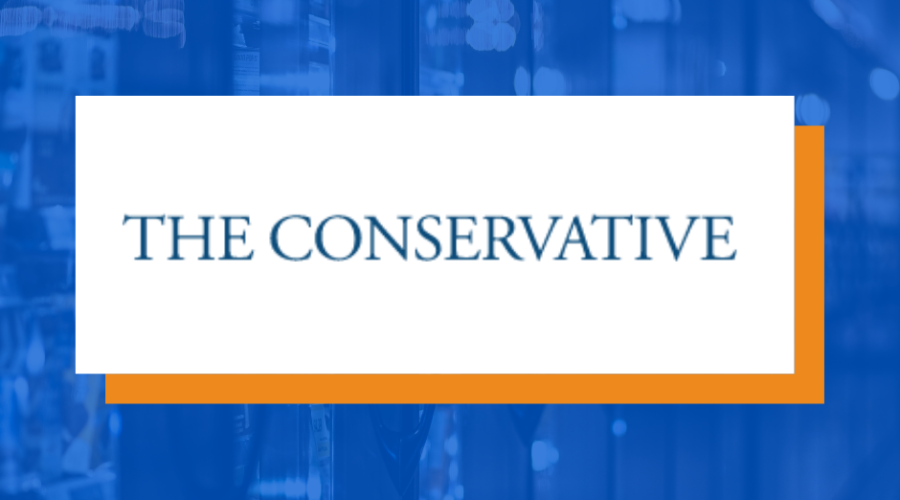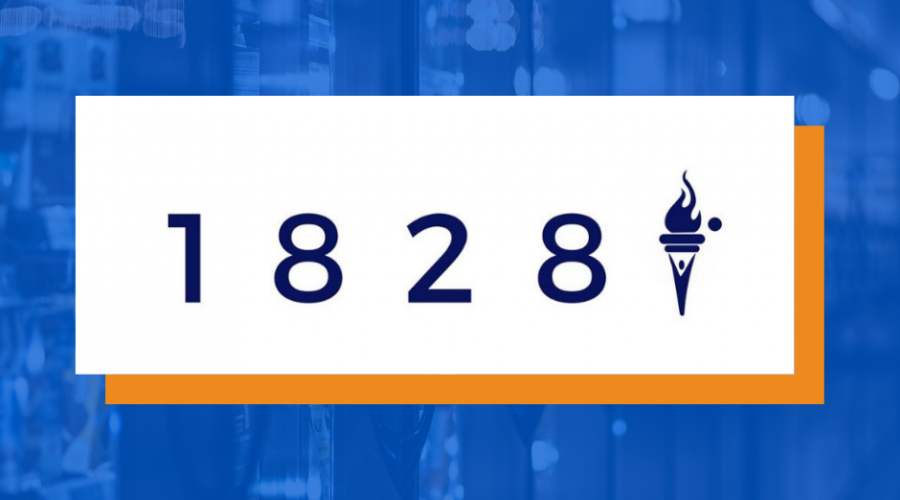We don’t need content quotas
Streaming platforms and consumers should make their own decisions…
A number of countries and regions are already applying entertainment content quotas. This means that a certain percentage of audiovisual content on broadcasting channels needs to be local. This rule already exists in France, for radio broadcasters.
For private radio stations, there are rules on the broadcasting of French-language songs. It states that: “the substantial proportion of musical works in French or interpreted in a regional language used in France must reach a minimum of 40% of French songs, at least half of which must come from new talent or new productions, broadcast during significant listening hours by each of the radio broadcasting services authorised by the Conseil supérieur de l’audiovisuel, for the part of its programmes composed of variety music. ”
Since July 2016, the law has been supplemented by new provisions:
Firstly, the addition of a third ad hoc derogatory regime for so-called “musical discovery” radio stations: at least 15% of new French-language productions or new French-language talent Secondly, the introduction of a malus aimed at excluding some of the broadcasts of the ten most scheduled French-language titles, those that account for more than 50% of total French-language broadcasts, from the calculation of compliance with the obligations to broadcast French-language songs. Lastly, the creation of a bonus allowing the overall quotas for French-language songs to be adjusted downwards by up to five points, subject to compliance with several cumulative conditions relating in particular to substantial and quantified commitments to promote diversity in music programming.
It really needs the French to make a radio station so downright bureaucratic, and its music awfully controlled. Like French music or not, I cannot for the life of me understand a system in which the government comes into your station and decides of which origin your audio-content needs to be. It isn’t just dystopian, it’s downright authoritarian.
Mexico is currently debating new rules that would require a national content quota of 15% (“content or video generated by an individual or corporation with a majority of funding of Mexican origin”). The fact that the EU also deals with an audiovisual content quota for local content is inspirational to other countries. Developed countries having a rule often allows legitimacy to nationalistic rules in other regions. The term “nationalistic” is carefully chosen here, because in essence the government is making broadcasters discriminate on purpose.
On what basis could anyone in the European Union argue that consuming European audiovisual content is in any way preferable to a movie from South Africa or a song from Malaysia? Is this the European equivalent of supporting cultural diversity, supporting audiovisual access for our expat communities, and assisting content creators in developing nations?
Yes, the United States indeed dominates the streaming markets with its films and its music. The question is whether we — or any other country for that matter — is right in believing that boosting our cultural sector happens if we force broadcasters to favour our content by law. The EU is the most significant consumer region on the planet; if anything, it should be easier for our content providers to satisfy the need for local music and films.
Celebrating our cultural diversity is not a bad thing. While it is great when local artists make it on the big screen, or land their hit in the charts, it is not a tragedy if they do not. Art is not a national possession, it is an internationally cherished part of our lives. Government ought not appropriate it.
Originally published here.





